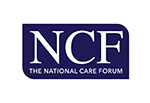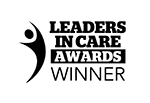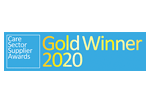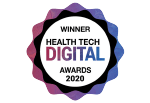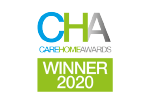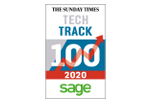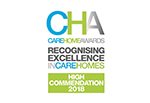Elderly at risk of dehydration
The elderly is more at risk of dehydration than most other population groups according to the NHS. This is due to physiological changes that happen with ageing. This includes a reduced sensation of thirst and can be exacerbated by medications like diuretics and laxatives as people may limit their fluid intake.
Dehydration is preventable. A major contributor to dehydration is inadequate fluid intake. This can be exacerbated in care homes by inadequate staff training and lack of awareness about the importance of hydration, which can lead to poor availability and access to fluids.
Consequences of dehydration
The consequences of dehydration include poor mental performance, feelings of tiredness, reaction times. It also includes low blood pressure, weakness, dizziness and increased risk of falls.
Dehydration is associated with increased hospitalisation and mortality. A two-fold increase in the mortality of stroke patients has also been reported.
Fluid monitoring to reduce dehydration
The Government recommends that all adults including the elderly drink at least 1.6L (for women) and 2.0L (for men). And it is a health and social care requirement that people at risk of dehydration have their fluids are monitored year-round in care homes. However, paper fluid charts make it difficult to monitor fluid intake during the day. It’s common in residential care homes to find out that someone hasn’t drunk enough fluids only at the end of their day. This does not help to reduce the risk of dehydration.
Benefits of monitoring fluids in real-time
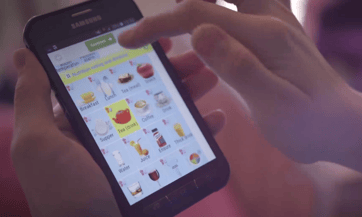
Improving hydration can bring a better quality of life for residents, and can enable reduced use of medication and prevent illness.
By monitoring people’s intake of fluids in real-time, care homes can immediately see which residents have had insufficient fluids intake and can take appropriate action. Mobile Care Monitoring is a sophisticated system for guaranteeing that each staff member involved in monitoring fluids is given information appropriate to, and at the right time for, their role. Electronic care is an intuitive and productive way to monitor fluids accurately and ensure good hydration among the elderly in care homes.
How electronic care fluid monitoring works
Using Mobile Care Monitoring, carers can evidence drinks offered to people and the amount of fluid drunk in milliliters at the point of care delivery on mobile devices. Reminders to offer drinks can be set up as part of a planned care routine, with a traffic light system of flags to alert care staff to when a drink is required is due or if it hasn’t been offered within a window of time.
Staff can see a fluid watch dashboard tile displaying how much a person has been offered to drink and how much has been drunk in the last 24 hours. This is highlighted red if the person has fallen below their fluid threshold for the rolling 24-hour period. If any drinks are requested or offered that are not in the planned routine, they can be evidenced just as easily and will automatically update the fluid watch dashboard tile.
“We use Mobile Care Monitoring’s fluid monitoring capability and Group Reporting to set a minimum target for every resident’s fluid intake at 1.5 litres. Care staff can see live information where someone may not have drunk enough in a 24 hour period and are able to respond immediately. As managers, we are able to see what had been captured by our staff and look at live analytics in Group Reporting every day in each of our homes. We have seen an improvement in the amount of fluids drunk every day across all of our care homes and have begun to track correlations to other potential health and wellbeing benefits such as a reduction in falls”.
Ed Russell, Director of Innovation & Development, WCS Care Group
Up-to-date information about every residents’ hydration is available staff no matter where they are working from. As every person’s total fluid intake for the 24-hour period is known by everyone involved in their care, it doesn’t rely on just one member of staff who is looking at a fluid chart to offer more fluids.
If a care home is part of a group, an additional audit solution, Group Reporting, is used for high level auditing of compliance, occupancy, and safeguarding across each location. This includes highlighting when people haven’t received enough fluids.
Benefits of reducing dehydration in the elderly
Electronic evidence of care and care planning gives care homes the ability to much more accurately evidence and monitor fluids to reduce dehydration among their residents. The ability to analyse the data collected has a significant impact on people’s well-being by avoiding falls and other complications caused by dehydration; improving care; reducing hospital admissions; and providing greater peace of mind for loved ones that their relatives or friends are receiving the highest quality of care.
For instance, in April 2017, at one care home group, 20% of the residents appeared to have drunk under the 1.5 litres daily fluid intake, which had been set as a daily hydration target.
Within a month of implementing electronic fluid monitoring, the care home group had reduced the number of people with possible hydration issues to four a day (out of 500 residents). Furthermore, falls had reduced by 33% since they started monitoring dehydration and residents were drinking on average 400 mls more than the daily target of 1.5 litres.

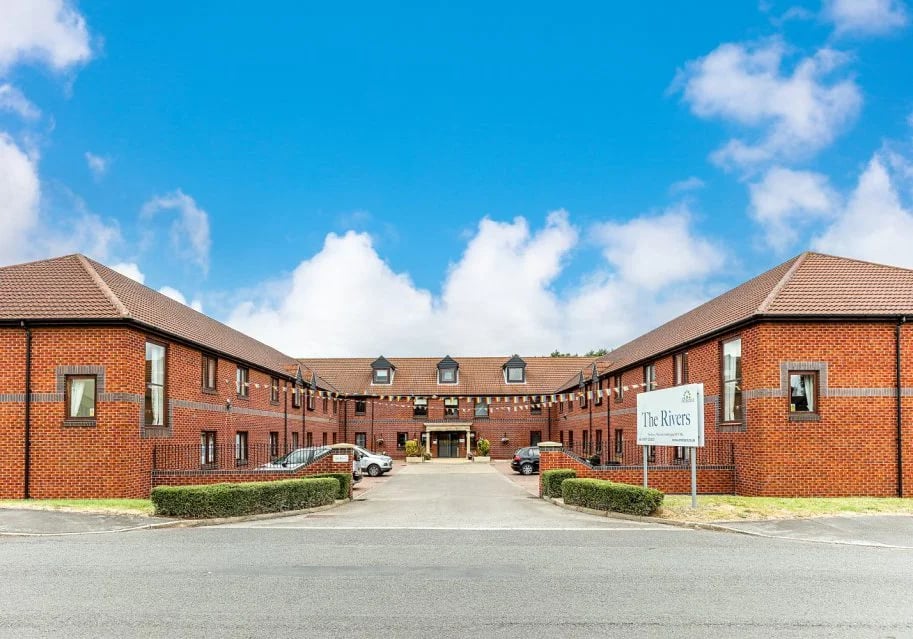
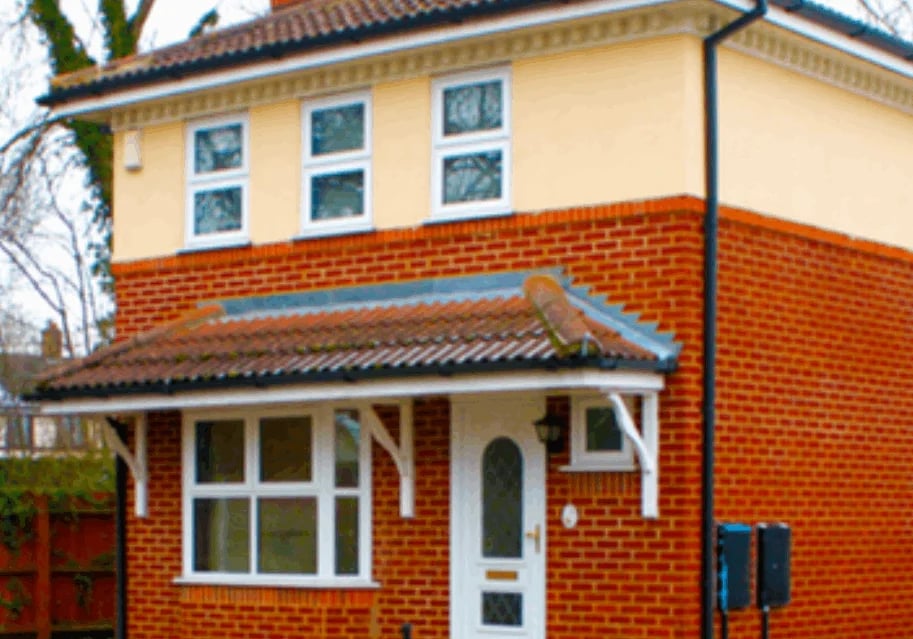
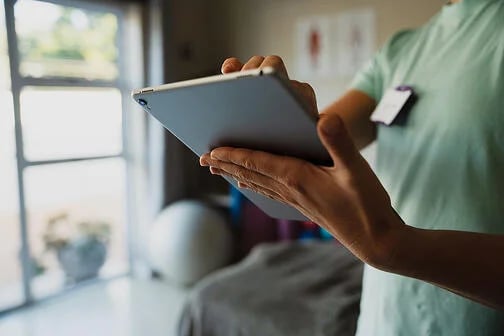
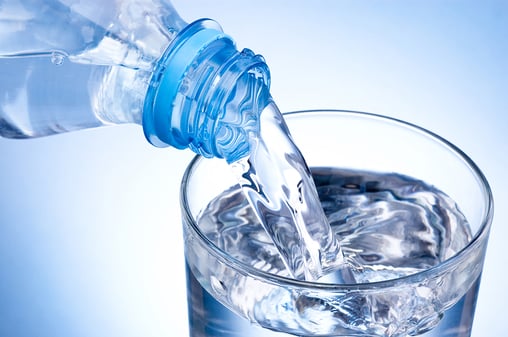
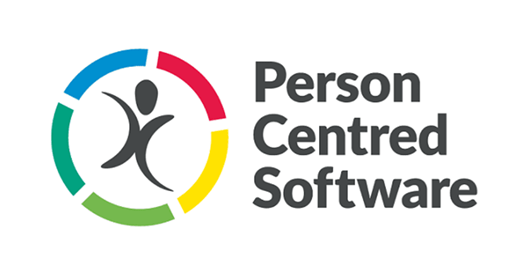
.jpg)
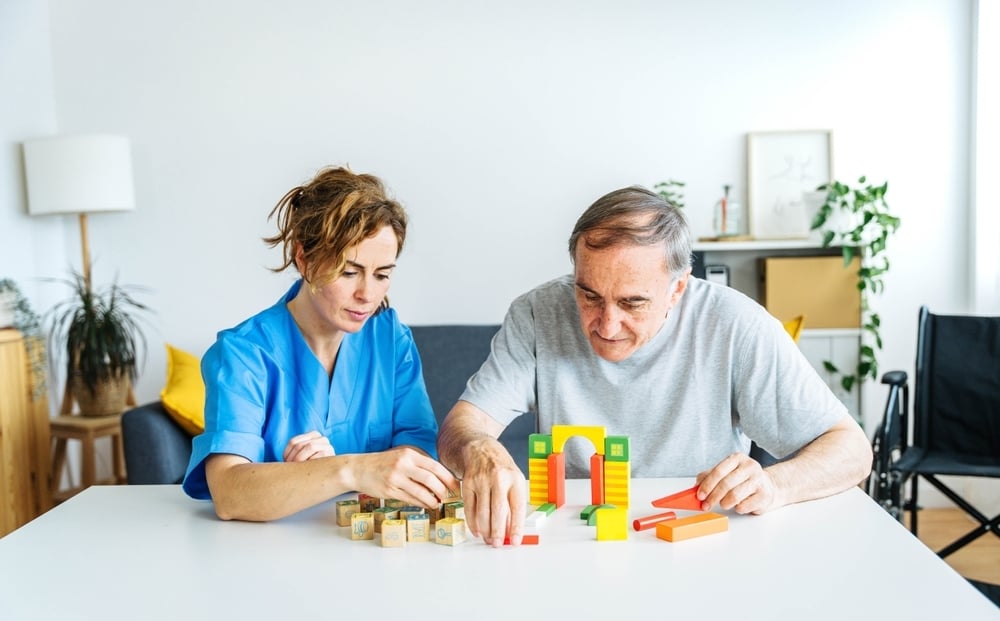
.webp?width=80&height=80&name=HTD%20Awards%202023%20Badge%20(4).webp)




